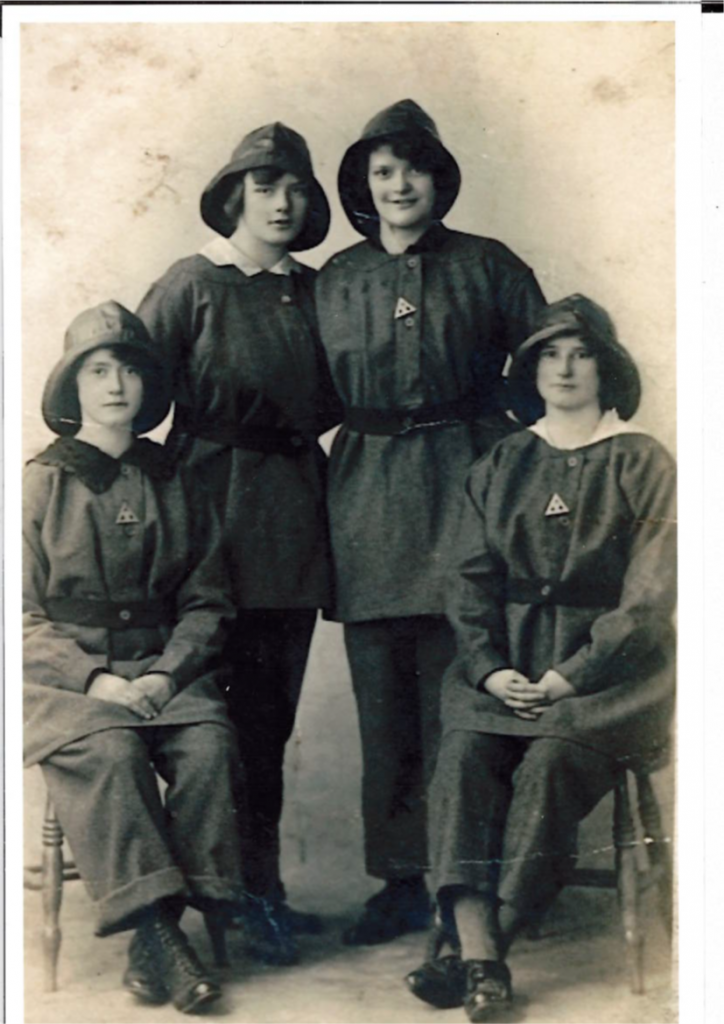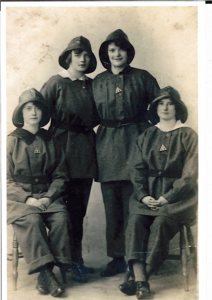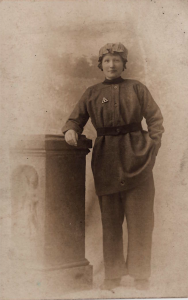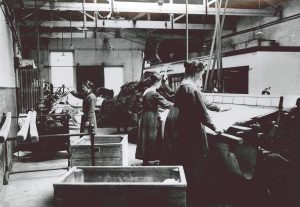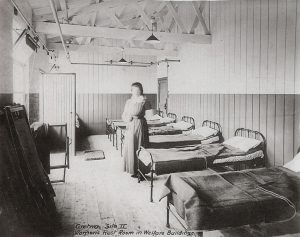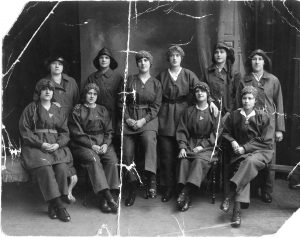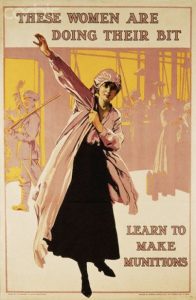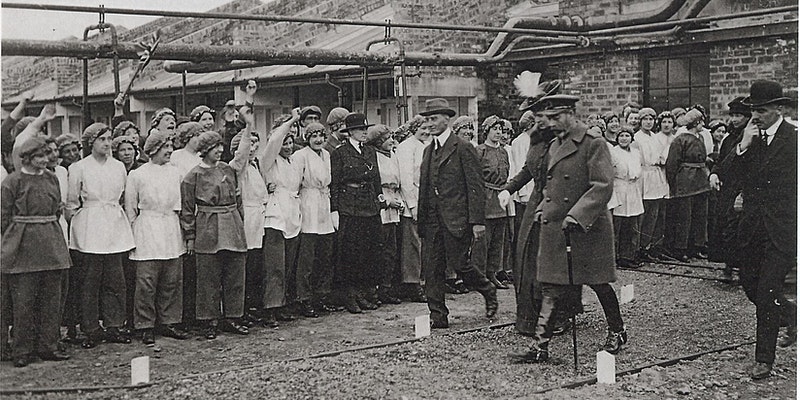
In March 2021, The Devil’s Porridge Museum launched it’s Miracle Workers Project, which aimed to research the 30,000 people who worked at H. M. Factory Gretna during World War One. Thanks to a generous grant from the D&G Costal Communities Fund, volunteers at the museum have been systematically researching and compiling information on those who worked at Gretna.
This free online event will share what the volunteers have uncovered so far, from women’s football teams at the factory to police to explosives and chemists. We will also be hearing from Dr Chris Brader, who wrote his thesis on the women workers at Gretna, who will be speaking about his research.
10AM – 11AM – short, informal talks by our volunteers, sharing their research.
11AM-11:45AM – talk by Dr Chris Brader, with time for questions.
Booking your free place on eventbrite here: https://www.eventbrite.co.uk/e/the-miracle-workers-project-update-mini-conference-tickets-162272199517
This event will be held via Zoom and a joining link will be sent on the day.

